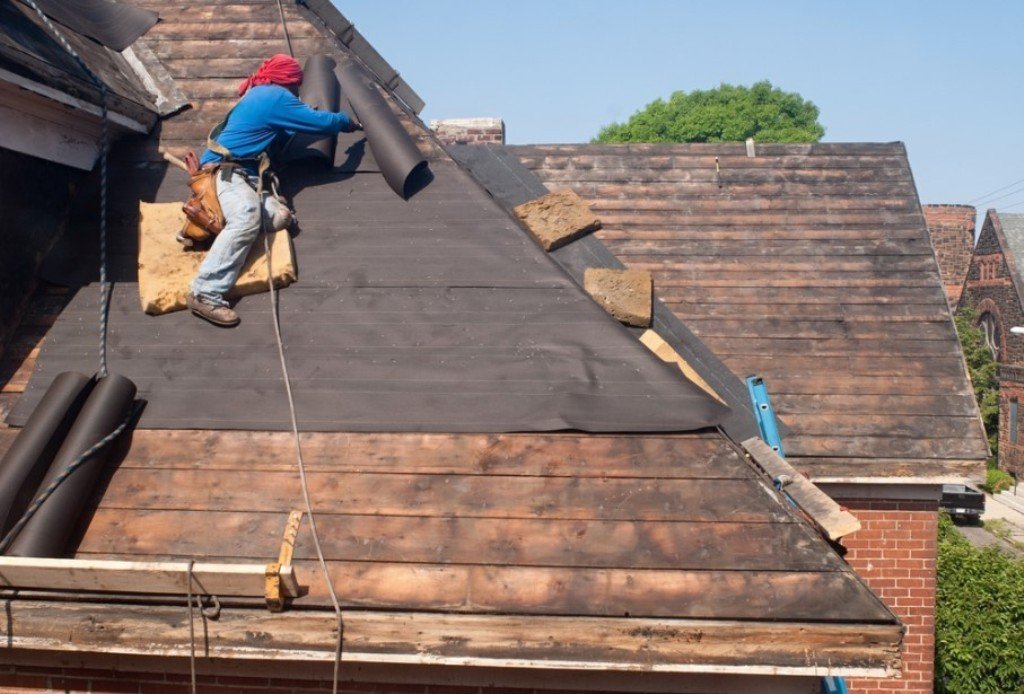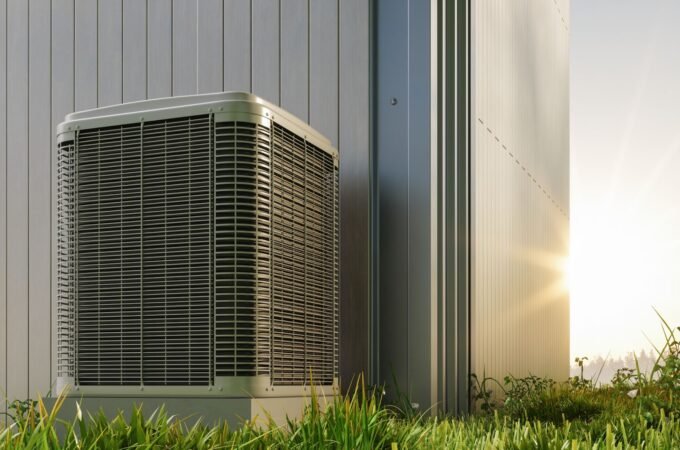
Types of Roofing Underlayment’s and How to Choose the Best One
When it comes to roofing of a house, most of the homeowners are not that aware of the importance of good roof underlayment. If you are building your dream house or remodeling it, and don’t know about a roof underlayment, you may get surprised to know that this portion of your roof is going to be one of the most important parts to save you from the harsh weather like sun, rain, storm, hail and any other form of weather condition your house might get through its lifetime.
If you are curious enough to know what is a roof underlayment, how do they work and how you should get one, keep reading, today, we are going to go through the facts about roof underlayment and enlighten you with some essential knowledge about it.
What does your roof underlayment do?

A roof is usually made with 3 layers. The very top layer is the shingle, which works as the main protection shield to your house from sun, rain, storm, and every possible thing you want to keep your house safe from. The next is the base or the deck we call it. It’s visible from the inside of the house, you could see from the attic, it works as the base of the other 2 layers and it holds them both. And the other layer goes in between those two. And that’s the underlayment.
The roof underlayment can be made with different materials and each material has its own specification with the different operation modes.
Material based comparison:
There are some material varients of the underlayment. you should choose a material that fits your needs. They are:
1. Rubberized asphalt made underlayment.
2. Synthetic underlayment.
3. Asphalt-saturated felt.
The rubberized asphalt roof underlayment is fully waterproof and has a sticky side where an extra protective layer is attached. It has to be removed before installation. This works as a waterproof seal between the roof deck and the underlayment. In severe winter regions, this underlayment should be used beyond the edges too, for extra protection from water and snow.
Synthetic underlayments are technically non-bitumen product and they are water-resistant. Fiberglass is added for extra protection in this kind of underlayment. They can provide you a superior amount of water resistance and stability. They are a bit expensive than Asphalt-saturated felt. But the price worth it for sure.
Now the Asphalt-saturated felt was the only material we used to go for until the synthetic products got into the market. These are also known as tar papers or felt papers. They are made with natural organic fibers. They are very flexible while applying but not that much water-resistant.
How to choose the best roof underlayment for my roof?

Planning on setting up a roof underlayment? well you don’t have to be a builder or an expert to know what type of roof underlayment you need and want. There are so many important criteria that come into play when you are buying an underlayment setup. If you know which does what and which match your situation, you will be able to wisely determine the perfect match for your roof. Here are the things you should consider before you go for an underlayment setup:
Budget analysis
When you are building your home and you have a strict budget to compete for the whole house, you know you cannot go for a roof underlayment that comes with a price tag that doesn’t fit your budget. So, before any other things, you may consider, make sure you have the right budget for the underlayment. My personal advice is to keep an open budget for your protection from above to make sure the optimum security of your house.
Check the compatibility
Compatibility is the first thing you will take into consideration when it will be attached to other components of your roof. The underlayment should suite to the rest of your roof components and the house itself. Not every type of roof underlayments will be suitable for any given size or type of house. Other things like the roof deck and the top layer can also be a factor to choose an underlayment material.
Shingles
Depending on what type of shingles you are using, the roof underlayments also varies from type to type. With a normal synthetic roof underlayment, you should use 15-pound roofing felt, It will provide you excellent protection from harsh weather without sacrificing on ventilation.
Metal roof
If you are getting your roof a metal top, you have to be very careful about selecting the underlayment material. As the metal is more heat absorbant, the underlayment will be in touch of extream heat whilst it is right beneath the metal plates. A roofing underlayment with a synthetic layer could be a good choice as they are more heat resistant and traps more heat than other materials.
Climate
The part of the world or the climate you live in also plays a big role when you are buying a roof underlayment. Living in a tropical country and living in a winter country will not demand the same roof underlayment material. You have to go for synthetic roof underlayment material if you live in a winter country for a better waterproof roof.




